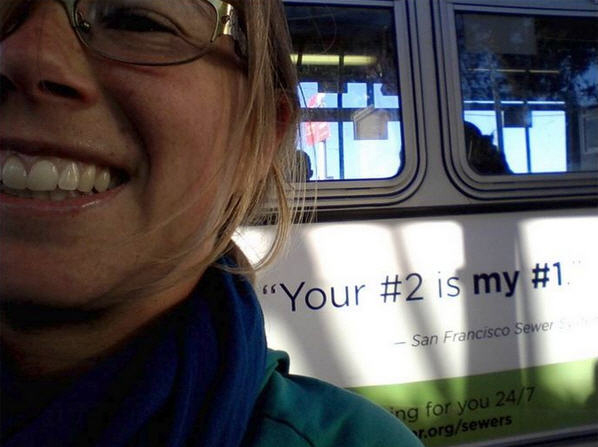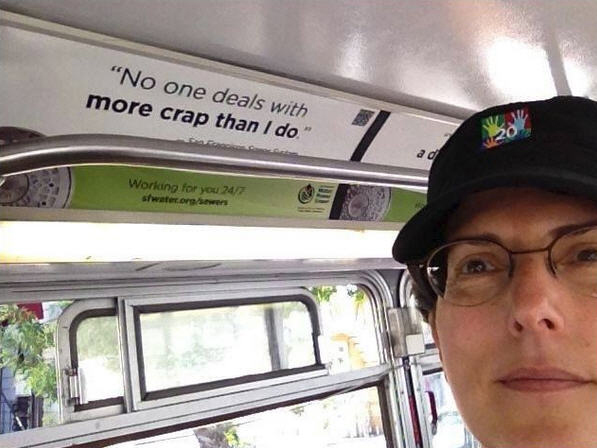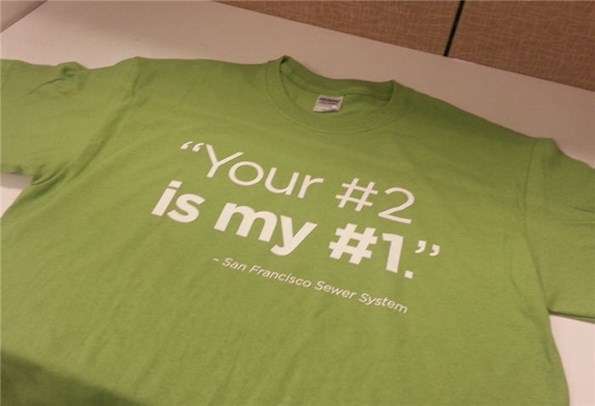3 Tips For Utilities On Effective Consumer Outreach

By Kevin Westerling,
@KevinOnWater

Common understanding of the role water and wastewater utilities play in our daily lives is essential for the successful and sustainable management of water and financial resources. No one knows this better than drought-plagued California. Here are a few tips for teaching the value of water, inspired by a state that’s running out of it.
California is in a water crisis. The National Weather Service states that 2013 was the driest on record, and the trend has thus far continued into 2014. State and local officials clearly recognize the gravity of the situation: Governor Jerry Brown recently ordered the creation of a Drought Task Force, and municipalities across the state are rolling out water-use restrictions. The key to successfully overcoming drought and water scarcity, however, ultimately rests with the consumers’ appreciation for the value of water. Well aware of this, California has adopted some pretty aggressive and novel (even funny) community outreach campaigns. These efforts can serve as an example and inspiration for utilities nationwide, as the value-of-water concept doesn’t simply pertain to conservation, but also to rate-setting and the ongoing support of water/wastewater infrastructure and services.
Be Everywhere
Instituted by the California Water Awareness Campaign, the Nice Save! message is hard to miss, and that’s exactly the point. Nice Save! is a public outreach initiative that canvasses the community through the use of print ads, bus displays, bill inserts, hotel/restaurant placards, radio spots, and more. Though conveyed in a variety of ways, the core message is the same: use water wisely.
Nice Save! further streamlines and simplifies the message by promoting very specific water-conservation efforts. For example:
- Use a broom instead of a hose to clean the driveway, saving 8 to 10 gallons per minute.
- Low-flow toilets save water, with ultra-low-flush toilets saving 50 to 100 gallons per day.
- Use an automatic shutoff nozzle on your hose to save 5 to 8 gallons with each use.
- Turn off the water when brushing to save 3 gallons per day.
- Double up in the tub to save up to 5 gallons per day.
- Water plants every other day or less
- Set your sprinklers according to the weather
- Trade your thirsty plants for thrifty plants — that is, drought-tolerant plants.
Of course, inherent in these messages is the fact that water is a valuable (and undervalued) commodity, but the beauty is in the simplicity. Rather than philosophizing on the value of water, the Nice Save! campaign promotes and reinforces the idea with explicit “take-homes.”
By being everywhere, the California Water Awareness Campaign ensures that its message is seen and heard, loud and clear.
Be Scholastic
The major challenge in changing the behavior of water consumers is the process of un-learning. Adults in American society have grown up with cheap and plentiful water. Furthermore, most of our infrastructure was put into the ground ages ago and essentially forgotten about until relatively recently, when it finally began to fail. It’s no wonder, then, the difficulty in changing this group’s habits and thinking on water. Children, on the other hand, have not yet learned to take water for granted — at least not to the extent of their parents. By getting into the schools and teaching the true value of water at an early age, we stand a chance of changing modes of thinking for generations to come.
The California Water Awareness Campaign is accomplishing this by offering to schools their Water Education Kit, to reach children before water-wasting habits take root. The program supplies (for a cost) books and lesson plans suitable for grades K through 6, with a curriculum that covers science, math, social studies, art, and literature. Students are taught about the sources and nature of water, as well as its importance — especially in California — and how to use it wisely. Impressively, the curriculum also covers infrastructure and the inner workings of the water industry.
As our infrastructure continues to deteriorate and require expensive repairs and replacement, someday we will be looking to these future adults (and ratepayers) to help foot the bill.
Be Creative
The goal of any marketing campaign is to get noticed; even better, to get talked about. That can be especially difficult these days, with so much media and stimuli vying for our attention. To escape the “white noise” category, your message needs to stand out. It may take a level of courage — you can certainly crash and burn by being too controversial, for instance — but creative, out-of-the-box thinking can truly generate buzz. The San Francisco Public Utilities Commission (SFPUC) has hit the mark by using some innocent and genuinely funny potty (what else?) humor to bring awareness and public support to wastewater issues. Their signs, which appear on buses, trains, and even t-shirts, are routinely photographed by everyday citizens (taking “selfies”), and then popping up on social media. See for yourself:



(Speaking of courage, wearing that t-shirt takes a lot of it!)
The point — of all three tips — is to make an impact. Doing so requires that you get the message out early (as in kindergarten) and often… and a certain amount of flair doesn’t hurt either.
Do you have an opinion or fresh outlook on consumer outreach for utilities? Share your thoughts below...
